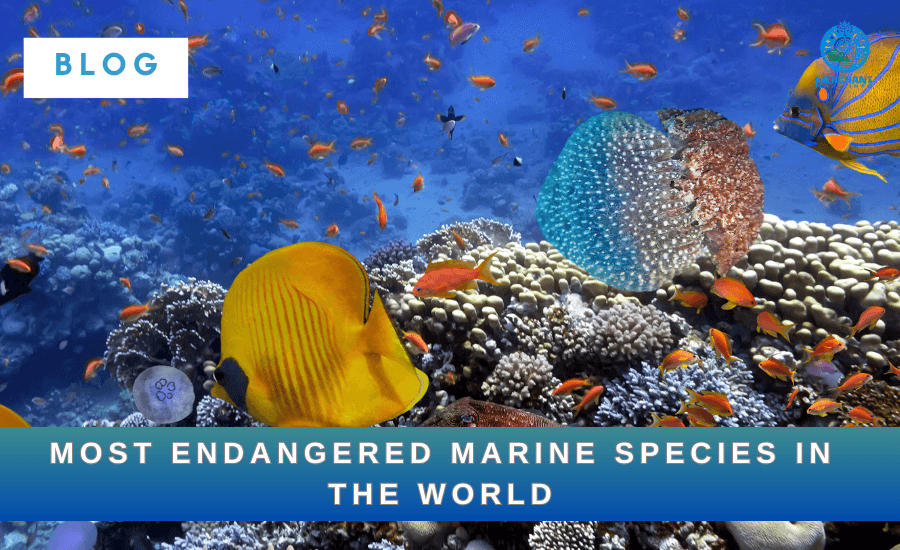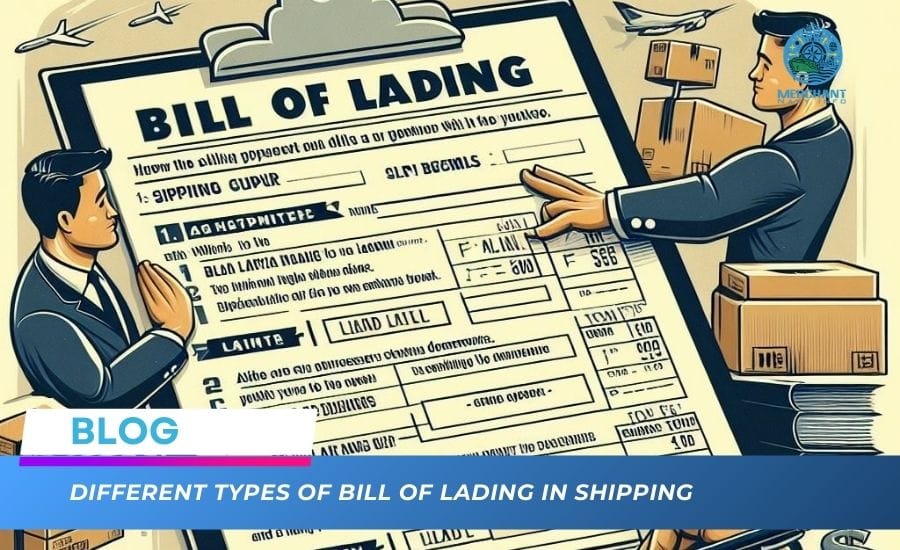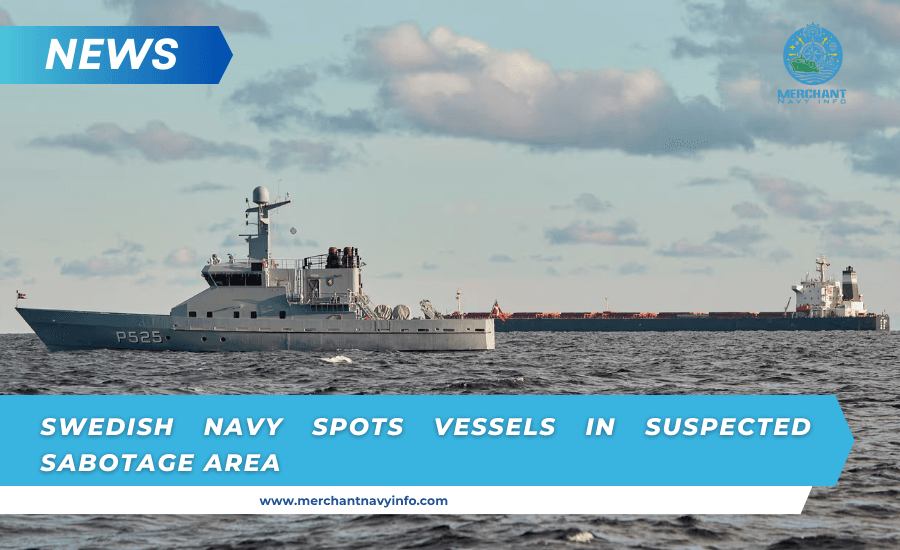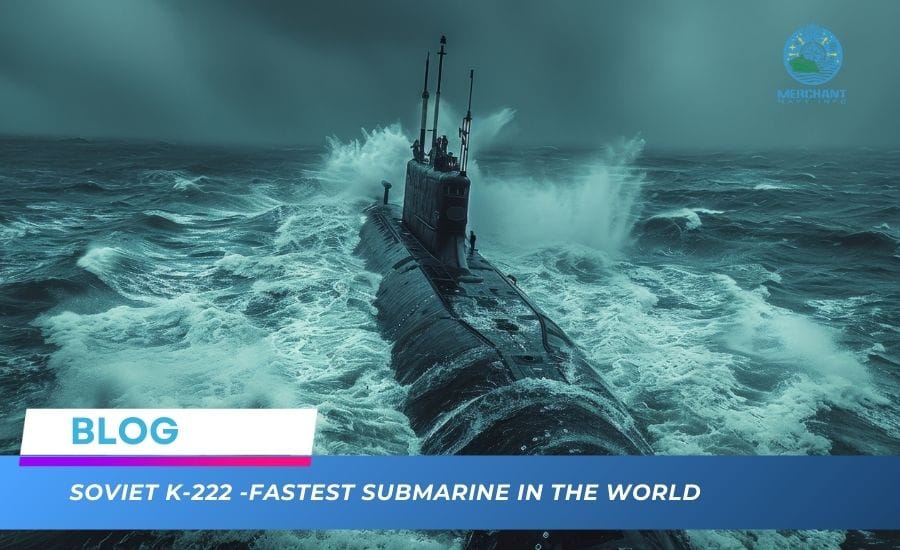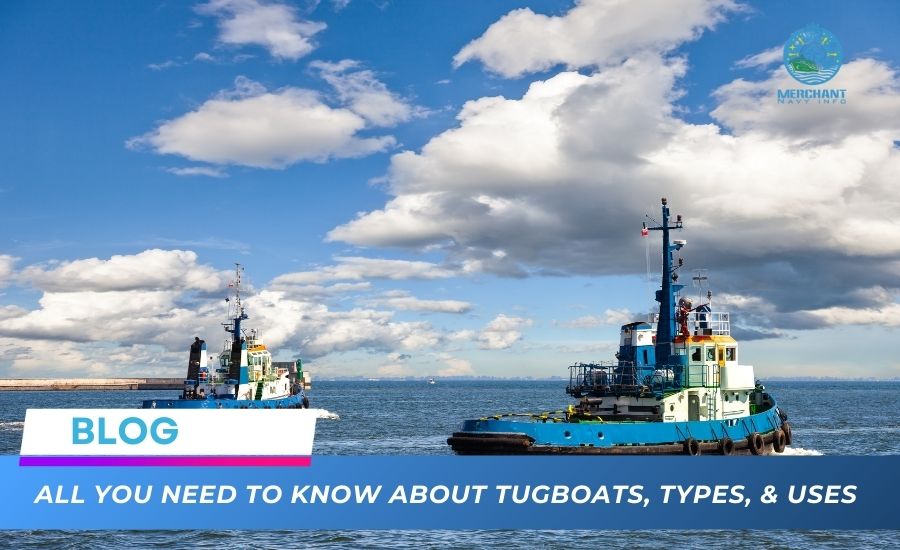
All You Need to Know About Tugboats, Types, & Uses
Tugboats are an integral part of the global shipping industry. They help large ships safely navigate narrow channels, crowded spaces, and shallow waters and perform many other important tasks, including firefighting and ship rescue.
Tugboats are used in all industries worldwide, from cruise to oil. In short, without tugboats, the entire maritime world would halt.
But what is a tugboat? How does a tugboat work? What are the different types of Tugboats? You will find the answers to these questions and more as you read everything we have to say below.
What is a Tugboat?
The basic question to be answered on this page is: What is a Tugboat? In short, a tugboat is designed to maneuver other vessels by pulling or pushing them. This movement is facilitated by direct communication between the Tugboat and the other vessel or by using a tow rope.
But why do we need these Tugboats? They are necessary because larger vessels cannot make sharp turns at low speeds, as there is not enough water flowing over the rudder to facilitate a quick turn. Therefore, tugboats push and pull ships into place, such as a designated berth in a port.
However, not all tugboats are used in the above manner, and some are now used in roles that have nothing to do with ship movement. For example, some tugboats are designed for search and rescue operations, while others are specifically suited for use as icebreakers.
Today, most Tugboats have two diesel engines. They are exceptionally powerful, producing over 6,000 horsepower. However, electric tugboats have recently begun to be used, with the first being deployed in Istanbul in 2020. They are slightly less powerful than other Tugboats but are essential for use in areas with environmental requirements.
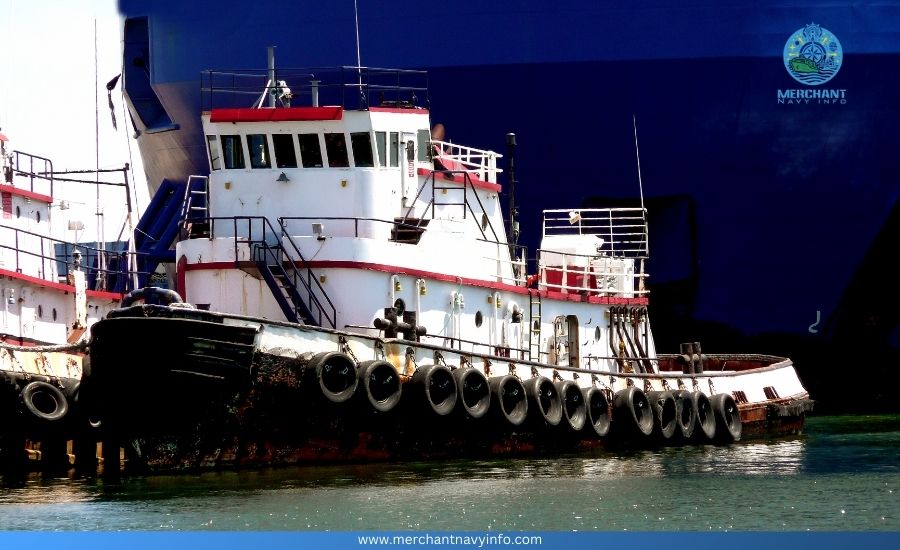
But who works on Tugboats? Tugboats are used to guide ships in and out of ports, and there are an average of several types of workers on them. The captain is responsible for the ship and must be qualified to tow certain loads. The assistant works under the captain and is second in command, while the engineer must ensure that the Tugboat is always operating properly. Some tugboats also have deckhands.
In short, tugboats are generally used to maneuver large ships by pushing or pulling them into place, although they can also perform many other functions. They are primarily diesel-powered and manned by a crew of several people, all under the unified command of the tugboat captain.
Anyone who wants to use a tugboat has two options: buy one, which usually means spending a large sum, or rent one. For most people, renting a boat is the most cost-effective option.
Bollard Pull: Measuring Pull
Bollard pull is the measurement used to determine the pull of a vessel, so as you can imagine, it is extremely important for tugboats. The most technical definition of shaft drag is the thrust produced by the vessel’s propulsion system at zero forward speed.
There are two types of bollard pull: constant and continuous. Static bollard pull is measured shortly after the test begins when the maximum force is possible due to water accumulation. Continuous bollard pull is then measured over 10 minutes.
Bollard pull on tugboats and other vessels is measured in kilonewtons (kN) and sometimes in different units of force, such as tons-force (tf) or short tons (st). The average axle pull for a medium-sized Tugboat Is about 500-600 kN.
Every vessel that requires towing must have a pole towing certificate issued by one of several classification societies, such as the Indian Register of Shipping (IRS) or the American Bureau of Shipping (ABS).
Importance of Bollard pull
The pulling force of a tug is very important because, with a number, it is possible to know if the tug has enough power to maneuver a particular vessel safely. If the axle pull is unknown, a tug that cannot stop or maneuver a large vessel can be deployed quickly and accurately.
How to calculate Bollard pull?
The vessel is secured to the dock using poles to calculate a ship’s pole pull. The vessel is then pushed forward with maximum thrust, and the measured towline tension shows the total thrust achieved.
Axle pull testing cannot be performed under all conditions. Instead, certain criteria must exist for axle pull testing to be accurate. The most important of these are:
- Calm water
- Sufficient free space around the vessel
- Deepwater
- Unimpeded wake and fan currents
It must be remembered that ideal conditions rarely exist. Therefore, the test results should have a certain margin of error.
Also read: Different Types of Sailboats for Different Sailors
It is also possible to calculate the pulling force of a fixed point through computer simulations. However, they are expensive, and only a few facilities can run them.
How do we increase the bollard pull?
As you can imagine, the Bollard of a towing tug is an important selling point. Therefore, manufacturers do their best to design tugs with the highest bollard pull possible. There are a variety of ways to increase the tensile strength of a fixed point, including:
- More powerful engines
- More engines
- Making the design of the vessel more aerodynamic to reduce drag
It should also be noted that trailer sellers sometimes change the bulkhead towing rating of their vessels to make them more attractive to buyers. However, buying or leasing from a reputable company virtually eliminates this possibility.

Is Bullard’s pull always accurate?
Fixed-point photography is never completely accurate because conditions are never perfect. For example, tests can be performed when the fixed point and the vessel are not completely level relative to each other or when the water is not completely calm.
Propellers also often cause the vessel to tilt slightly to one side, affecting the accuracy of bulkhead calculations. Even the salinity of the water can affect the accuracy of the test.
To get the most accurate results, the dead-shot test should be done in deep water away from an estuary on a calm day with minimal traffic.
Also Read: Top 20 Types of Boats – Explained
How Do Tugboats Work?
Tugs are typically operated in one of three ways: direct towing, indirect towing, and thrust towing. Each is used in specific situations and has unique advantages. Learn about them below.
Direct Towing
It is the simplest type of towing. In short, a tow rope connected to a powerful motor is attached to the vessel being towed. A tugboat then pulls the vessel through the water. This method is often used when the vessel cannot propel itself. This type of towing is generally done at slow speeds, usually 4 to 5 knots, and is controlled by the towing force of the Tugboat.
Indirect Towing
Indirect towing is another way to maneuver a vessel using a tow rope, but it differs greatly from direct towing. In this type of towing, the tow rope is attached to the stern of the Tugboat. The Tugboat Uses propulsion to maintain a shear position relative to its head so that the pulling force is greater than the Tugboats’s pulling force. Using this method allows for greater power when turning or slowing down. It usually occurs at speeds of 6 knots or more.
Pay-off/Pushing
The most widely used method in North America is the pay-off method. Tugs pull vessels into position, using their incredible strength to reposition vessels much larger than themselves. Pusher tugs usually have attachments that fit the specific vessel on the vessel being pushed, and this type of tug is usually built with a reinforced hull.
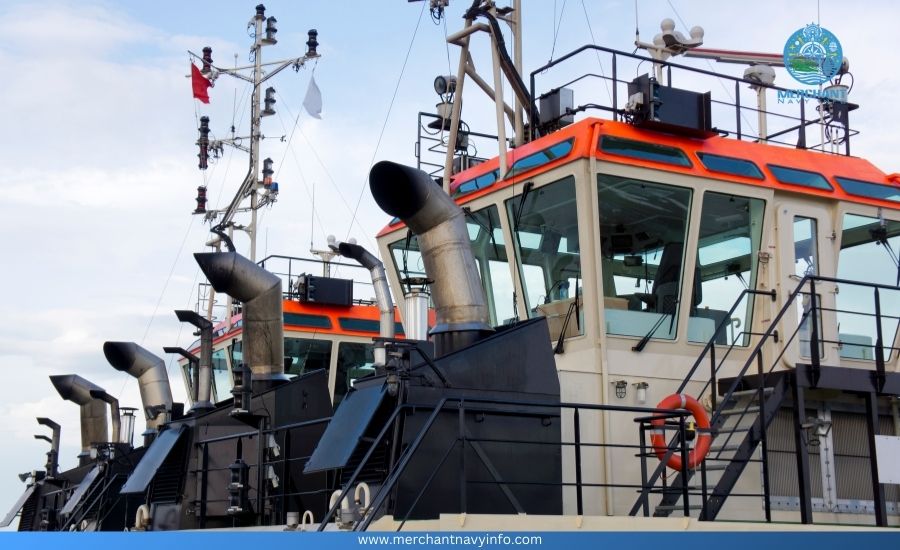
Types of Tugboats
There are generally two types of tugs: escort tugs and support tugs. Below, you can learn more about these two types of tugs.
Also Read: How Many Types of Boats Are There?
Escort Tugboats
This type of tug is the most popular maneuvering and escort vessel in coastal and dangerous waters. Escort tugs are needed to help guide and secure large vessels and can also perform routine towing tasks in ports.
Escort tugs must have an optimal speed equal to or greater than the maximum speed of the vessel being transported and must also be able to perform tasks while moving at these maximum speeds.
Tugboats Support
As the name implies, support tugs provide support for towing operations. They are primarily used to assist in docking and undocking and do not perform the heavy lifting of escort tugs, although they can tow smaller anchored vessels. They can also be used for smooth towing.
You can also find offshore support tugs designed to support offshore operations, such as oil rigs, which operate in deeper waters than conventional ones. Subject to regulations, all support tugs can be used for firefighting purposes.
Tugboats Design
Tugboats generally come in three designs: conventional, traction trailer, and azimuth tail drive. Each has its advantages and disadvantages, which we will discuss below.
Conventional Tugboats
As the name suggests, this type of Tugboat has been around for many years and is built using age-old principles. This makes it relatively easy to build and requires less maintenance than other Tugboat Designs. It also has much lower operating costs, making it an economical choice. Moreover, it is completely self-sufficient.
This type of tug can assist in pulling and pushing but is unsuitable for straight-line or indirect pulling due to its lack of maneuverability, which limits its ability to reposition. Conventional Tugboats are not as powerful as the other two types mentioned on this page, and performance is more affected by the older design principles.
Conventional Tugboats are the most dangerous type because they are more likely to capsize. Release hooks alleviate this problem. Despite their many drawbacks, conventional tugboats are still used in most ports worldwide.
Tractor tugs
Tractor tugs are a new type of Tugboat Named for the pulling power their propulsion system can achieve when pushing or pulling. The propulsion unit is multidirectional, giving the tractor tug tremendous maneuverability. The air intake point is close to the rear, allowing the propulsion unit to work optimally.
Tractor tugs can be quickly repositioned, making them versatile. They also have a high top speed. Due to their direct control, tractor tugs are the best choice for confined areas and are less likely to tip over.
However, this design has some drawbacks, such as a higher purchase cost (which is why many people look for rental tractor tugs instead) and lower shaft drag than ASD tugs. Tugboat pilots must also be retrained to make the most of tractor tugs.
Azimuthal Stern Drive
The Azimuthal Stern Drive Tugboat- often abbreviated to ASD – is the middle point between a conventional Tugboat and a traction Tugboat. It gets its name from the two azimuth units providing most of the Tugboats’ propulsion power. They are positioned in the same way as twin-screw tugs. ASD tugs can have two towing positions – one amidship and one at the bow.
In terms of efficiency, they are superior to conventional Tugboats but inferior to tractors. Due to their hull shape, they are the type of tug best suited for open water and offshore operations, and they can provide a large axle pull. These Tugboats have an average draft of 3 meters and a maximum pitch and lateral thrust of less than 15 degrees, much less than the 21 degrees of a tractor Tugboats.
Even the most experienced tugboat captains will find ASD tugs difficult at first, mainly due to the complex onboard control systems. They can also be prone to tilting or twisting when used in towing mode.
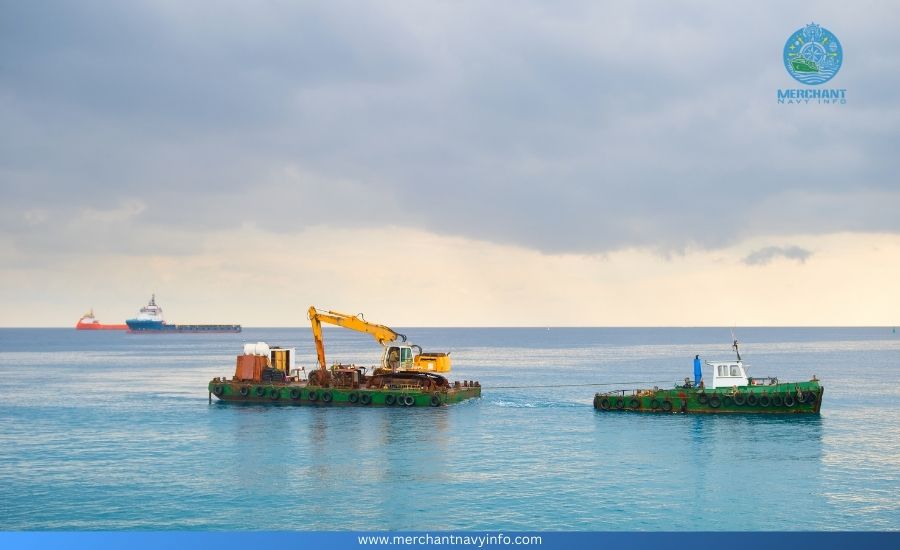
Uses and applications of Tugboats
While tugboats are primarily used to maneuver ships, they also have a variety of other uses, all of which are invaluable to the shipping industry. We have listed some of the main Tugboatstypes below to see how widely they are used.
Also read: What is an Emergency Position Indicating Radio Beacon (EPIRB)?
Breaking ice
Icebreaker tugs are used to clear ice, breaking it by ramming it. Many icebreaking tugs can also push and pull ships. These Tugboats are designed to be very rugged – they have a unique structure that can withstand severe damage, and these structures are designed to withstand the brittle nature of the metal.
This type of Tugboat typically uses a twin-engine propeller with a coil nozzle. This non-rotating nozzle increases thrust by up to 90%, providing the extra force needed to break ice. Icebreakers also typically have a low free limit due to using an additional winch.
Rescue/Salavage and Rescue
Maritime salvage tugs are often used to salvage a stranded ship or take measures to prevent it from sinking. They are also often used to conduct searches when a distress call is received. This type of tug is usually a towing tug operated by a dedicated crew.
The Tugboats used in this industry are highly specialized and come with additional equipment, such as specialized cranes and high-powered pumps. They are also often equipped for dredging operations, removing sediment and foreign matter from waterways to ensure that ships can move freely.
Towing and Workboats
Harbor tugs primarily use tugboats, which assist with braking and steering large vessels on difficult waterways. Most Tugboats of this type are adapted to provide pushing and pulling capabilities.
Tugboats of this type almost always use the Azimuth Stern Drive propulsion system; you can learn more about this later on this page. They also typically contain two motors to provide the extra power required for operation.
Firefighting
According to SOLAS regulations, all tugboats must be equipped with firefighting facilities. It means that all tugboats can perform basic firefighting tasks. However, specialist firefighting Tugboats operated by qualified firefighters are also placed in strategic locations to ensure they can respond quickly to reports of fires.
As expected, specialist firefighting tugboats have all the features required to effectively extinguish Class A, B, and C fires, including high-powered pumps, hoses, and special fire-resistant materials. They often work in conjunction with tractors when emergency towing is required.
Anchor Handling
They are very powerful tugboats, usually equipped with three engines for increased pulling power. They can deploy, retrieve, and transport anchors weighing several tons. They operate in deep waters, miles away from any help, and therefore need to be self-sufficient and able to handle emergencies should they arise.
These tugs are primarily used to handle oil rig moorings, tow them to the desired location, and secure them. They also frequently perform replenishment missions, provide towing assistance, and transport hazardous materials from designated areas.
Ocean Towage
Ocean-going tugs are vessels specifically designed for long-distance towing operations, such as towing floating production units and drilling platforms. As you would expect, they are powerful and equipped with all the towing equipment required for optimal operation. Many tugs of this type are also equipped for regular towing work.
Ocean-going towing missions often take more than 24 hours to complete, and the tugs travel to deep, open waters, so they must be specially modified to ensure their safety and effectiveness. The main modification is a large fuel tank that allows for long-distance travel.
Yarding
Yarding tugs are smaller than average tugs and are modestly powered. As such, they are only used for light towing activities, with dumbboat maneuvers being a particularly common feature for this type of tug.
A crew can usually operate this type of tugboat. Due to its small size and low power, it is limited to larger ports where giant ships are often found. Larger tugboats, which can also perform towing and other tasks, are usually preferred.
Line Handling
Line-handling Tugboats are the least powerful and smallest and have very limited uses. They are not powerful enough to perform pushing and pulling tasks but support the larger Tugboat, securing the ship’s mooring lines to facilitate towing.
This type of Tugboat can only be used in ports and protected waters. Outboard engines usually power them, but more powerful mooring tugboats can also be found. Like all other tugboats, it is equipped with firefighting equipment and can be used in oil spills and emergency response situations.
Study & Research
This type of Tugboat is specially equipped for many types of surveys and research, including, but not limited to, marine biological research, seismic research, hydrographic surveys, and oceanographic research. It must be able to work for long periods at sea and cope with various environmental conditions.
Technically, this type of vessel is not a tugboat, but many similar principles are used in its construction. It is usually equipped with highly specialized instrumentation, some of which can be mounted on low beams, and often has very advanced radar mapping capabilities.
Patrolling
Tugboats are used primarily for patrolling waters by emergency services, namely the police and coast guard, disaster relief personnel, and those who need to patrol ports.
Also read: What is the Difference Between Boat vs Ship?
Patrol tugboats are designed for speed; this type of vessel can reach up to 40 knots. Patrol boats, which operate at 20 to 35 knots, are usually equipped with water jet propulsion systems, although installing one can cost a lot of money.
Crew Boats
This type of Tugboat is specially designed for transporting people and cargo, usually to locations such as oil rigs and drilling platforms. They vary widely in size: some are small vessels only 30 feet long that operate in bays and inland waterways, while others are larger vessels 200 feet long and capable of operating hundreds of nautical miles from shore.
The capacity of crew boats varies from boat to boat. Larger crew boats can carry up to 100 passengers, often with airplane-style seating. They typically have a high GSR and a large amount of deck space. Since they carry passengers, they are usually designed to provide a certain level of comfort.

FAQ
How much do Tugboats cost?
Buying a new tugboat varies widely: some cost around $750,000, while others cost over $10 million. If properly maintained, tugboats can retain much of their value, but buying a used one is usually more cost-effective. However, renting one is the most economical way to use a tugboat.
What is it like to travel on a tugboat?
That depends on the type of Tugboat you take. Some Tugboats are designed to transport passengers comfortably, while others are designed to be more practical and less focused on comfort.
Why are they called tugboats?
As ships grow, assistance is needed when arriving at ports; large ships don’t have the maneuverability to do this independently. This problem was solved by using small boats to provide what is known as towing assistance. These boats themselves soon became known as tugboats.
How powerful are tugboats, and why can they pull large ships?
Tugboats vary in power, with an average pulling force of 400 to 500 kN. This is a huge amount of power for their small size, mainly because of the powerful motors they use. In addition, several tugboats are sometimes used to move a large ship.
Also Read: Do You Know About The Titanic Real Story?
Final considerations
As you can see, tugboats are essential to the marine industry. Without them, large ships would be unable to navigate certain waters, and many essential functions, such as firefighting and marine rescue, would be exposed. You’ll see tugboats in every port, and the fact that they are everywhere highlights their importance.
Did you enjoy reading this article? Did it give you a better understanding of the types of tugboats and how they work? Let us know what you think in the comments below, and as always, if you enjoyed reading this article, please share it with your friends, family, and colleagues.

